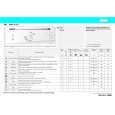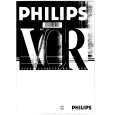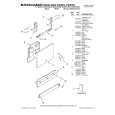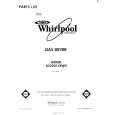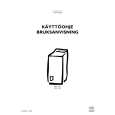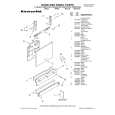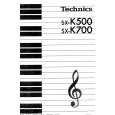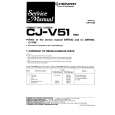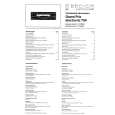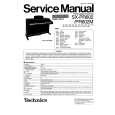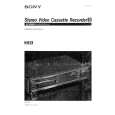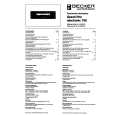|
|
|
Kategorie
|
|
Informacje
|
|
Polecamy
|
|
|
 |
|
|
Dla tego produktu nie napisano jeszcze recenzji!
 ;
Dokładna dokumentacja, pomogła w szybkiej naprawie telewizora. Dziękuję!
 ;
jedyne do czego mogę mieć zastrzeżenie to jakość zdjęć zawartych w przesłanej instrukcji serwisowej ponieważ są fatalnej jakości, praktycznie nieczytelne. tak poza tym jestem zadowolony to jest to czego szukałem.
 ;
Wszystko w porządku.
Instrukcja czytelna i kompletna.
Dziękuję.
all right!
thank you.
 ;
Bardzo dobra instrukcja. Zawiera wszystko co potrzeba, polecam!
 ;
Instrukcja jest OK. Schematy czytelne, opisane niektóre procedury.
1-7. Circuit Description
1-7. Circuit Description
1-7-1. RE-153 Board
The RE-153 board consists of a power circuit and microcomputer circuit. The power supplied from an AC adapter or battery is sent through the MB-766 board to the RE-153 board and regulated to +5 V, -5 V, +3 V, +3.5 V, and +9 V using a regulator circuit. The regulated power is supplied to each board as the drive power of a circuit. The ON/OFF operation of the power circuit in CA is controlled by turning on and off the camcorder or CA power switch or by the voltage value of the supplied power. The power circuit also protects a circuit from trouble when each regulated output voltage line is short-circuited. The microcomputer circuit controls all circuits in CA and the communication with a camcorder. The microcomputer circuit also has an interface circuit for controlling the external VTR by a CCZ connector.
1-7-2. AD-150 and AD-150P Boards
The AD-150/P board is mainly used for the decoding and 4:2:2 encoding of an external input composite signal, the generation of a sync pulse, and the generation of a reference signal for gen-locking a camcorder. Almost all functions operate in only the composite input mode. The HD signal input to an AD circuit is PLL-locked in the output and SDI input modes. The locked 27 MHz is sent to the DA-130 board to drive a digital encoder or reclock a 4:2:2 video signal to the DIF-67 board.
1-7-3. DA-130 and DA-130P Boards
The DA-130/P board is used to switch the output to a CCZ connector, the input from the AD-150/P board, and input and output to the DIF-67 board according to the input and output modes. The processing for each mode is described below. Output mode The 4:2:2 video signal input from the 40-pin interface of a camera is sent through a bus switch (IC5) to the analog component block (IC19 and IC20), digital encoder (IC21), and DIF-67 board. In the analog component block, the 4:2:2 video signal is 4:4:4 oversampled after demultiplexed and converted from digital to analog using IC20 to produce an analog video signal (Y, R-Y, and B-Y). The resultant signal is sent to the CCZ connector after blanking processing and level adjustment. In the digital encoder, a composite video signal for CCZ output is generated and sent to the CCZ connector. In addition to the video signal, clock, HD, VD, sync, and blanking signals are also input from the camera. The clock is passed through a buffer, then distributed to each circuit and sent to other boards . A timing signal such as the HD signal is passed through a phase adjustment circuit, then used for an analog component block and digital encoder. The digital audio signal input from pin 40 is converted from digital to analog in channel 1 and output to the microphone line of a CCZ connector. In a power block, a voltage of +/-4.8 V is generated and sent to the audio processing system. Input mode The external input video signal converted into a 4:2:2 video signal, and the clock, HD, and color framing pulses extracted from an external input signal are input from the DIF-67 and AD-150/P boards. The video and color framing pulses are written in asynchronous FIFO (IC7, IC13 , and IC15) in the timing of the HD pulse.
CA-702 CA-702P
1-9(E)
|
|
 |
> |
|

